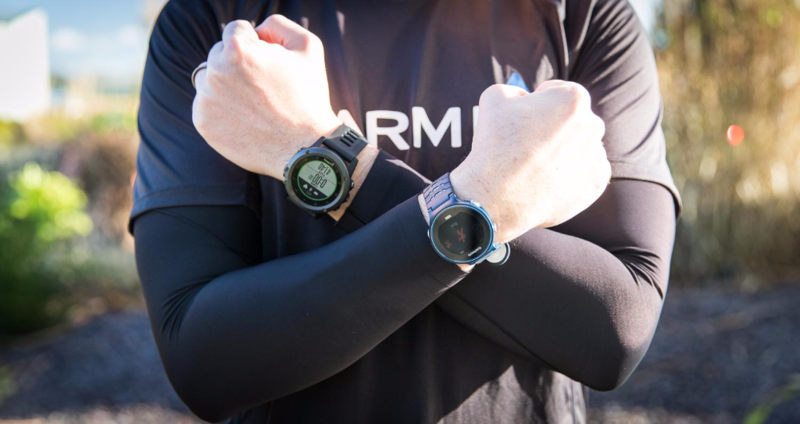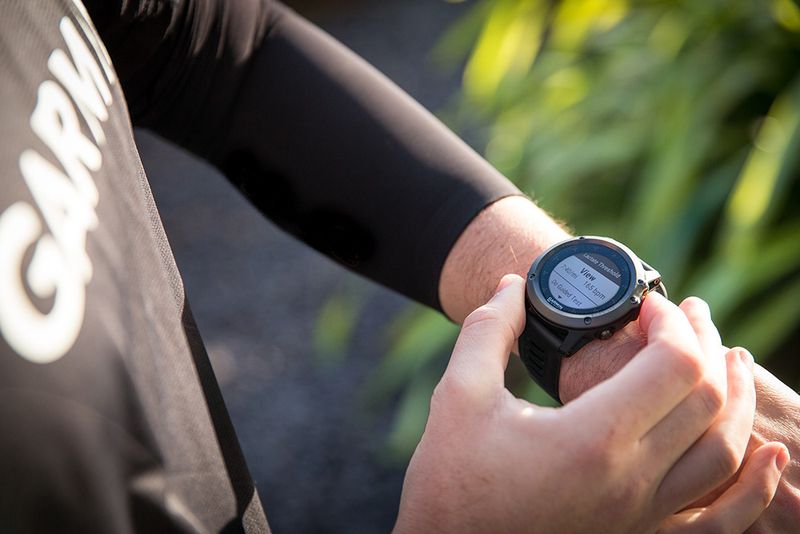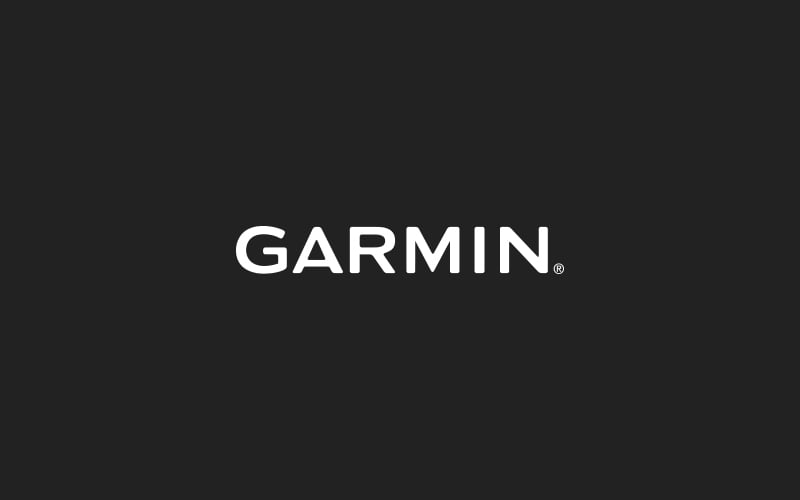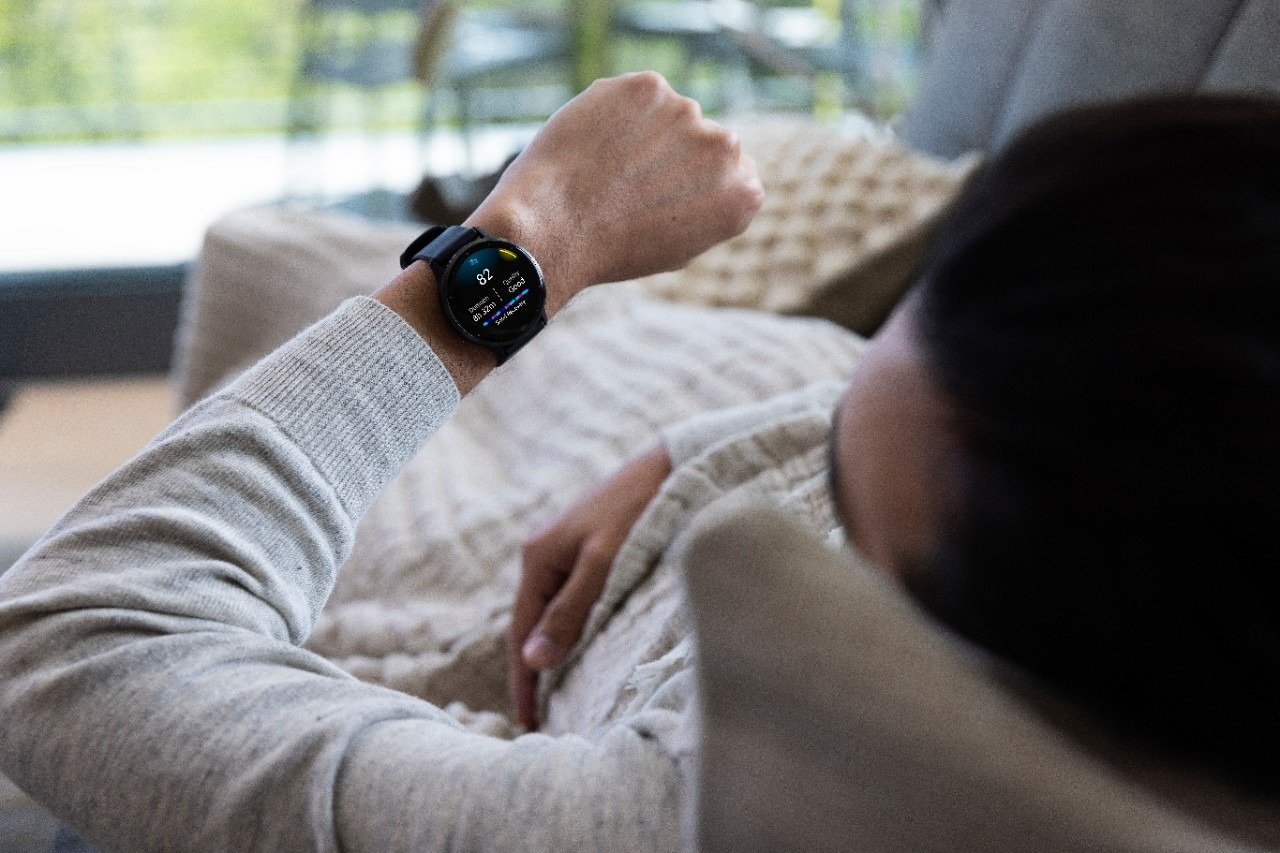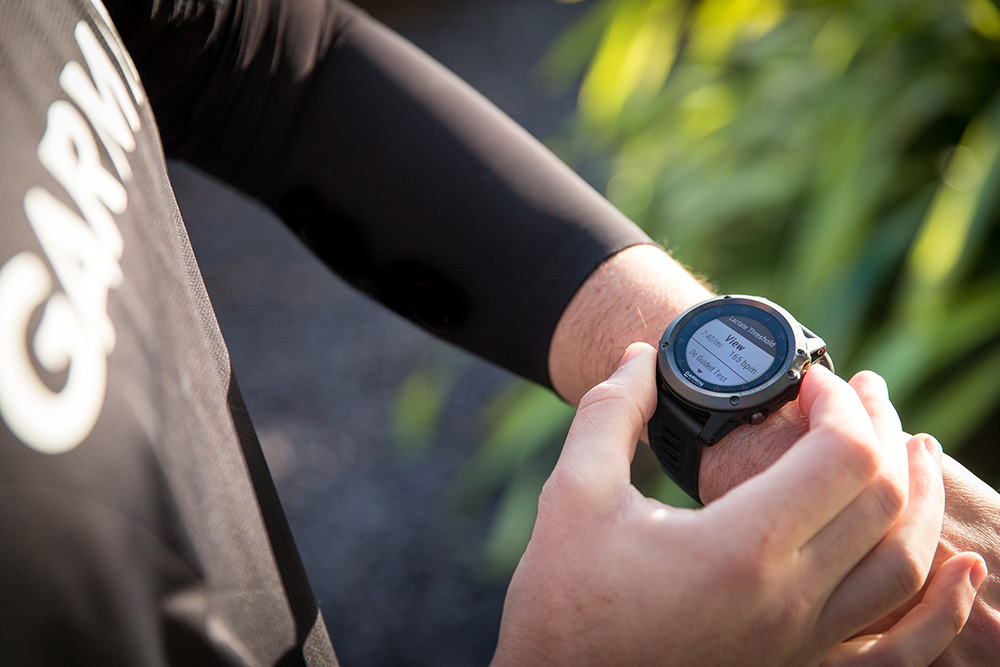
Garmin Guest Post – Marathon Training 2016
Welcome to the first of a series of Garmin UK employee guest posts. We’ve invited Ben from Garmin marketing to talk to us about running and in particular training for the London Marathon in April this year.
Hi and thanks for the opportunity! I’ve been a keen runner for the last 3 or 4 years, mainly running to lose the dad belly! Especially after being bought a ‘Daddy Pig’ t-shirt one year, I took the hint and decided I needed to get fit. Running has now become a big part of my life and has helped me lose weight and live a healthier lifestyle.
Last year I was lucky (or mad) enough to run my first London Marathon and crossed the line in 3hrs 50mins, raising £1500 for charity in the process. It was an amazing experience and one that I can’t wait to repeat. This year I’ll be running for a fantastic charity called ‘Action Medical Research for Children’ and hope to beat my PB. It’s going to be tough going, especially getting the pace right at the beginning. For those that have never run a large marathon before, measuring your pace is crucial. With so many people running at their own pace and with curbs and other obstacles to contend with, it can be extremely challenging.
Garmin Forerunner 630 or Fenix 3?
As a Garmin employee I have access to some of the best running and fitness watches available. A Garmin sports watch is a valuable training tool, and will help give you the competitive advantage over runners not using any kind of GPS to measure their progress or pace during a marathon.
I’m currently training with a Garmin Fenix 3, which is a great looking outdoor watch designed for multisports, so it suits me fine for running around the streets of Southampton! I believe I may have started something here in Garmin product marketing, and could possibly end up running with both a Forerunner 630 and Fenix 3 strapped to my wrists (watch this space!).
Garmin Lactate Threshold
One new feature that I’m starting to experiment with is Lactate Threshold, available on the Forerunner 630 and Fenix 3 sport watches. Lactate Threshold measures the level of effort that your putting in during a run, the pace where you begin to tire quickly. For advanced runners this usually happens at 90% of maximum heart rate, for less experienced runners this happens below 90% max heart rate. This data will help you know how fast you should be running at speed and will ultimately help you improve your race times. To measure your lactate threshold you’ll first need to do a few outdoor runs so Forerunner (or Fenix 3) can learn your VO2 Max levels, you can then undertake the guided test by following the instructions on your watch.
Watch the Lactate Threshold video below to find out more:
In my next post I’ll be talking about the new Garmin Index. These smart scales automatically upload your data to Garmin Connect. I’ll be taking a measurement each week in the build-up to the London Marathon. Hopefully we should see some improvements in my stats!
“I can and I will beat my marathon PB”
Share with us how you plan to #beatyesterday via our social media channels:
